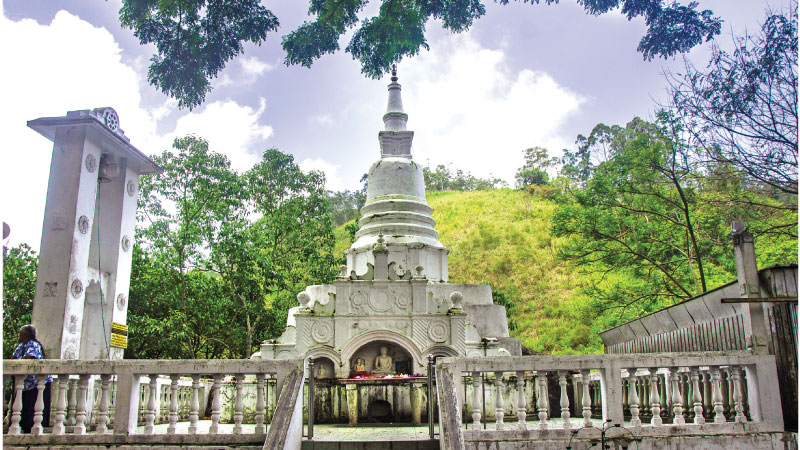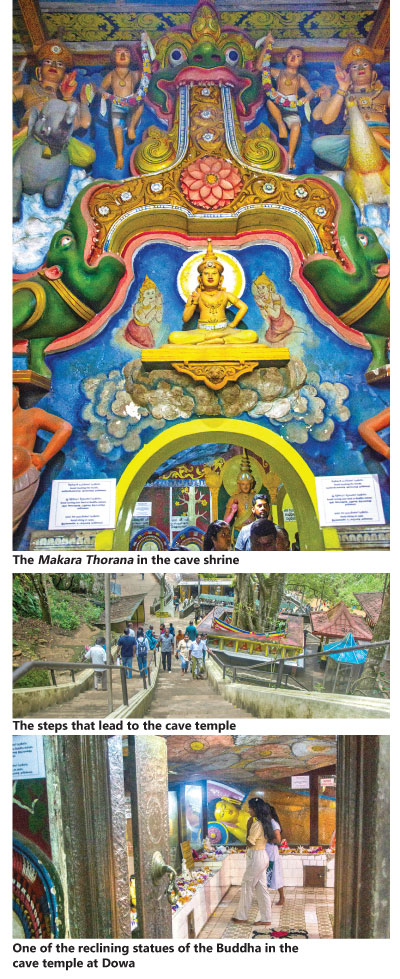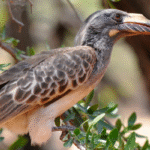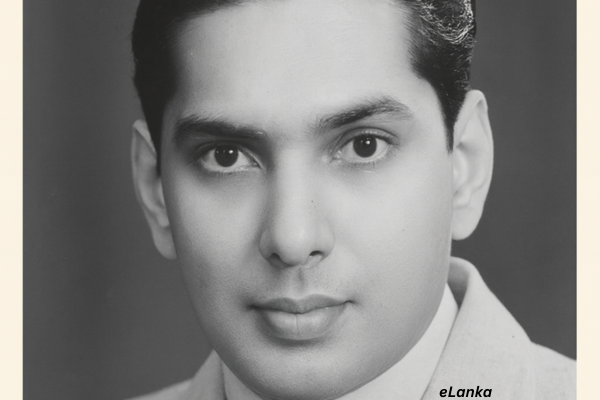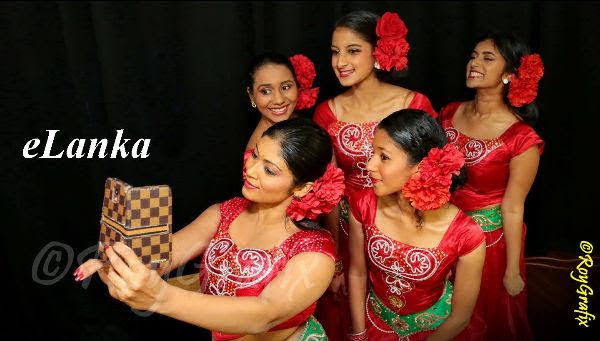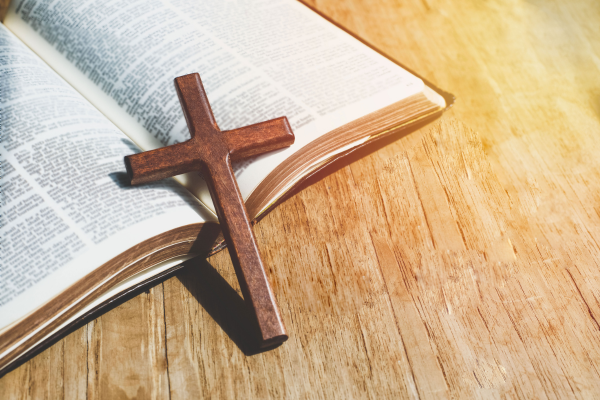Dowa Temple – A Hidden Sanctuary of History and Serenity – By Malsha – eLanka
Image Source : sundayobserver
Nestled just eight kilometres from Bandarawela, along the scenic Bandarawela–Badulla Road, lies the historically significant Dowa Raja Maha Vihara. This temple has captivated visitors for generations, primarily due to its remarkable 39-foot tall Buddha statue intricately carved into a granite rock face. Though incomplete, this statue radiates a quiet majesty and serves as a timeless symbol of devotion.
The statue is carved into a massive rock boulder, subtly concealed from the main road, adding to the temple’s mystique. Despite its fading prominence and signs of weathering, the site holds many secrets, some long forgotten with the passage of time. I had the privilege of visiting this enchanting place recently during a trip to Bandarawela, and the experience was both spiritually uplifting and historically enriching.
As we approached, the soothing sound of gushing water welcomed us. A uniquely shaped white stupa perched on a rock at road level marked the otherwise hidden entrance to the temple. Upon entering, one is first greeted by a modern standing Buddha statue and the quaint white stupa within the premises. The main temple buildings, however, are located downhill, accessible via a path that passes the ‘Bana Maduwa’ (sermon hall) and leads down a flight of steps.
Midway down, a serene Bodhi tree stands guard, with the Budhu Ge (shrine room) nestled at its base. Nearby, another open sermon hall overlooks a clear, flowing stream, enhancing the peaceful ambiance. A massive jak tree with its branches stretching out horizontally adds to the natural beauty of the surroundings. As we climbed the rock, gripping the grooves beneath our feet, we were greeted by the sight of the towering 39-foot Buddha image—calm, serene, and timeless.
Image Source : sundayobserver
Legend attributes this cave temple to King Walagamba, who ruled in 103 BCE and again from 89–77 BCE during the Anuradhapura period. It is believed that he carved the Buddha image himself, intending to complete it overnight. However, the unfinished state of the statue suggests he may have been forced to flee before completing his task. The cave offered him refuge during his 12 years in hiding from Chola invaders before he reclaimed his throne.
Upon entering the cave shrine, we were captivated by the vivid murals and the majestic Makara Thorana (Dragon Arch). These stunning artworks, though initiated during the Anuradhapura period, were completed during the Kandyan era and reflect the ornate style and craftsmanship of that time. Inside, a large reclining Buddha rests beneath a rock ceiling adorned with floral motifs. The cave itself comprises several interconnected chambers, offering visitors a meditative and spiritual journey through its peaceful interiors.
Flanking the entrance to the image house are two guardian figures—one with an elephant in its mouth and the other with a bull—said to represent the Rakshasa leaders Siva Watuka and Kuvera. The entrance itself is framed in solid rock, inscribed with the year 1880, marking a more recent phase in the temple’s development.
Behind the image house, a small stupa sits within a natural cave chamber, known as a ‘Stupaghara’ or Chetiya Len. Hidden behind this stupa is the sealed entrance to the Ravana Guhawa, a legendary 11-kilometre tunnel believed to connect Dowa Temple with Ravana Maha Vihara in Ella and Bogoda Raja Maha Vihara. Once thought to have been used by King Walagamba for his dramatic escapes, the tunnel is now closed to protect it from looters and vandals.
Despite its modest size, Dowa Raja Maha Vihara is a site of immense historical and spiritual importance. It served as a sanctuary during a turbulent era, preserving the legacy of a resilient king and the deep-rooted Buddhist traditions of Sri Lanka. Today, it continues to emanate a sense of peace and sanctity, standing quietly amidst the changing world around it.



